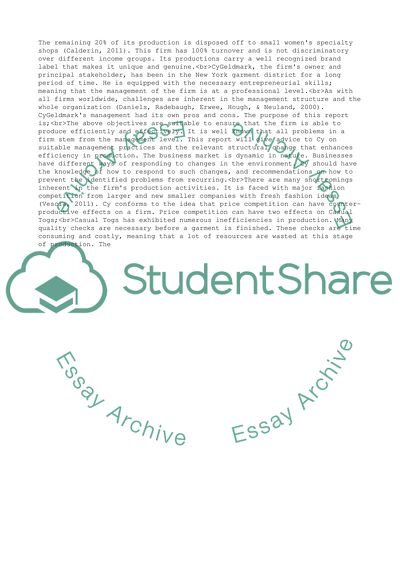Cite this document
(5.Case Study: An individual report Essay Example | Topics and Well Written Essays - 3000 words, n.d.)
5.Case Study: An individual report Essay Example | Topics and Well Written Essays - 3000 words. https://studentshare.org/management/1820787-5case-study-an-individual-report
5.Case Study: An individual report Essay Example | Topics and Well Written Essays - 3000 words. https://studentshare.org/management/1820787-5case-study-an-individual-report
(5.Case Study: An Individual Report Essay Example | Topics and Well Written Essays - 3000 Words)
5.Case Study: An Individual Report Essay Example | Topics and Well Written Essays - 3000 Words. https://studentshare.org/management/1820787-5case-study-an-individual-report.
5.Case Study: An Individual Report Essay Example | Topics and Well Written Essays - 3000 Words. https://studentshare.org/management/1820787-5case-study-an-individual-report.
“5.Case Study: An Individual Report Essay Example | Topics and Well Written Essays - 3000 Words”. https://studentshare.org/management/1820787-5case-study-an-individual-report.


